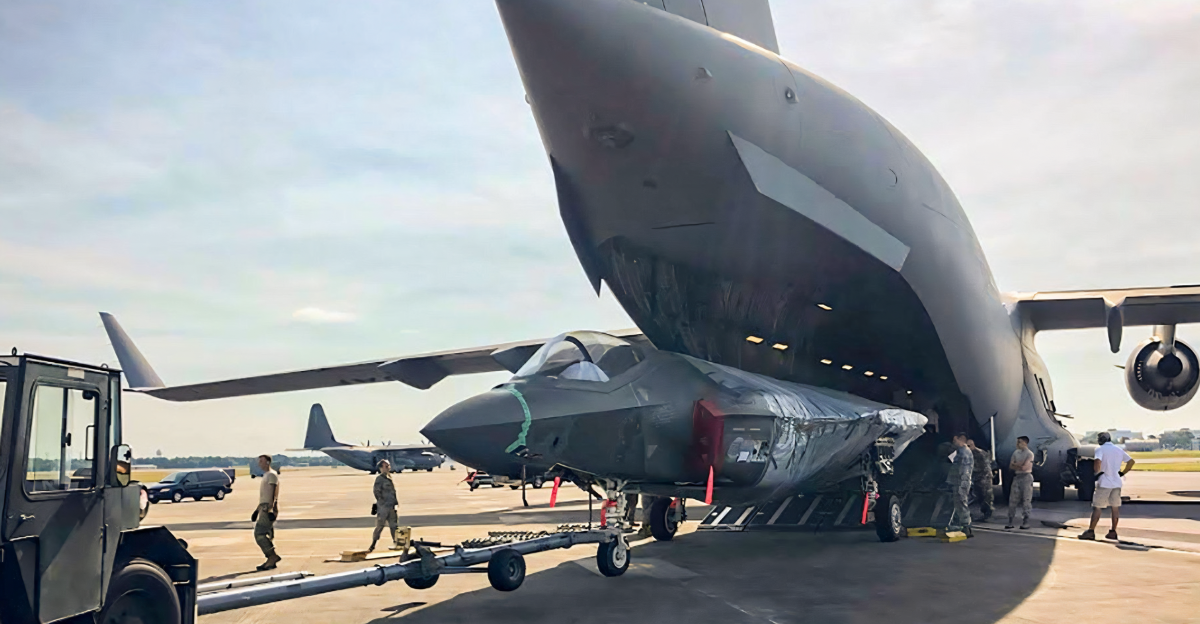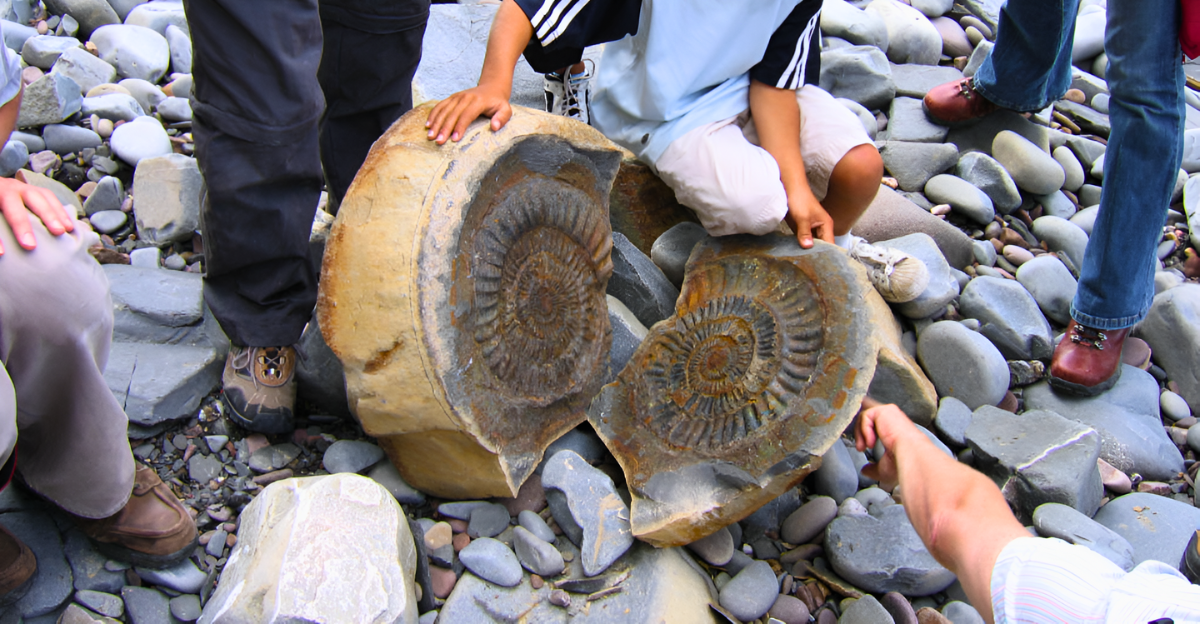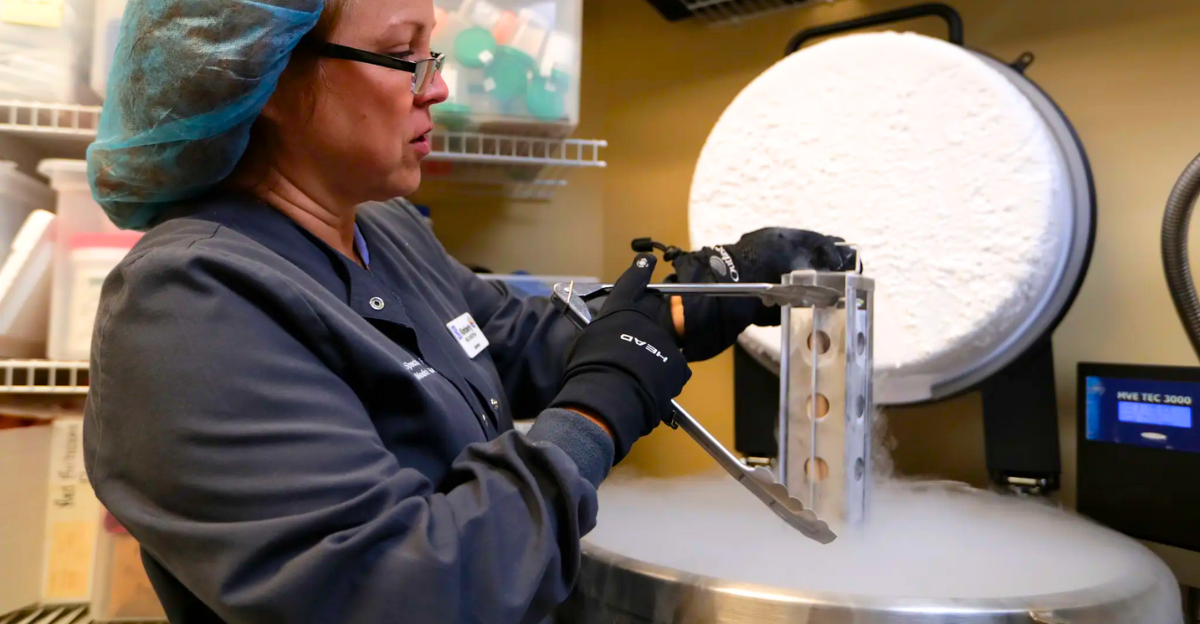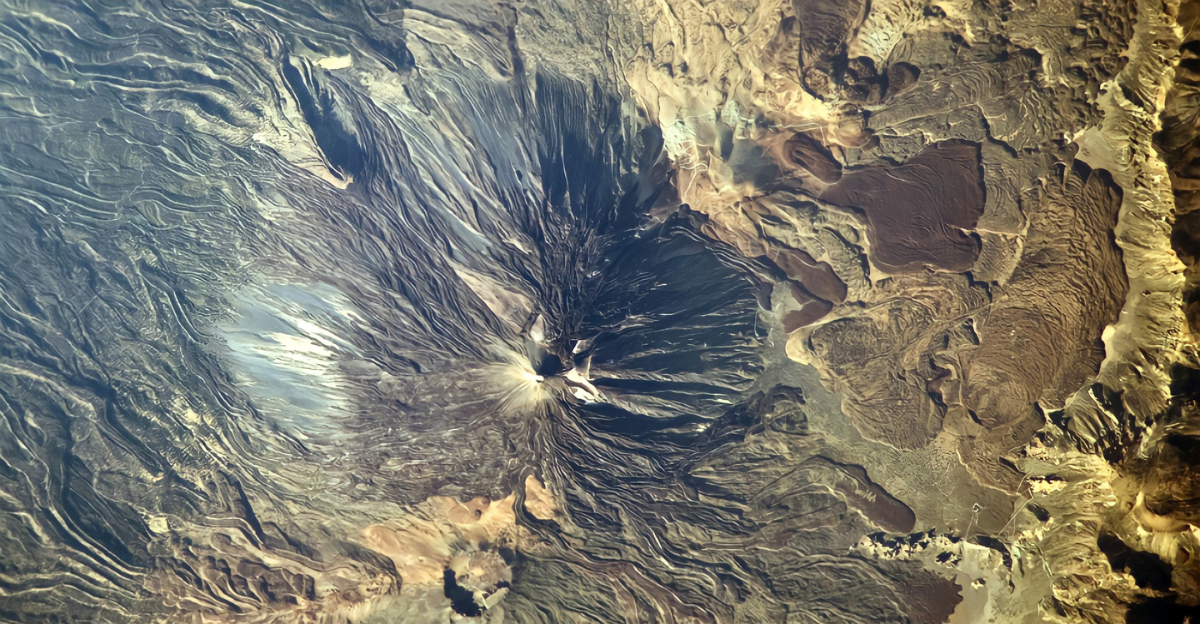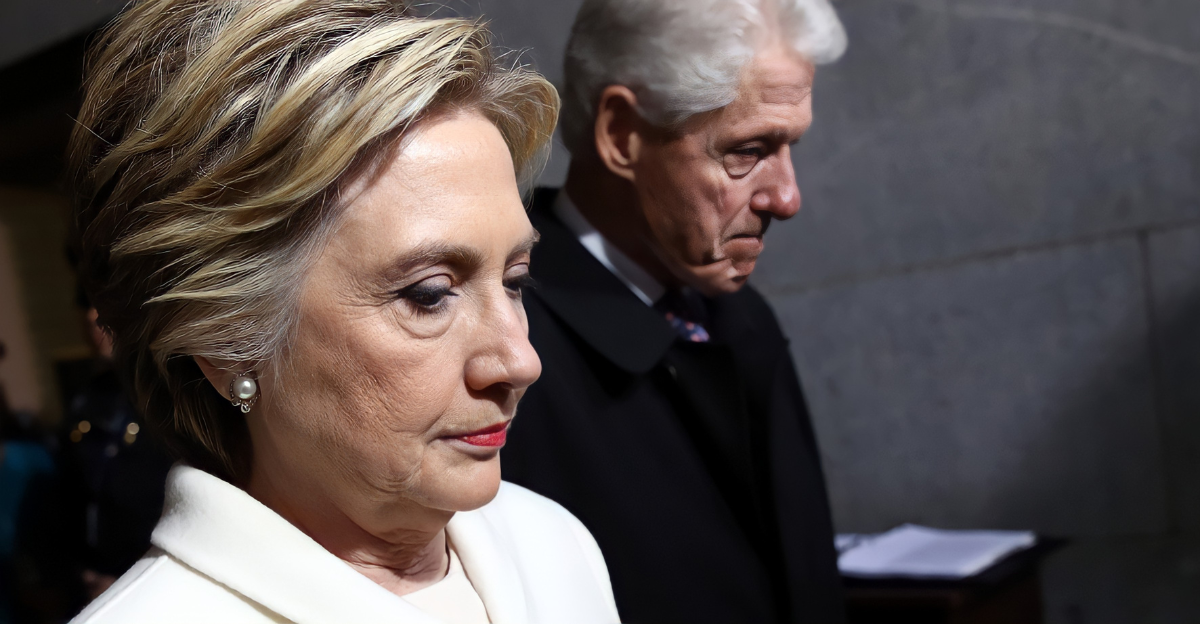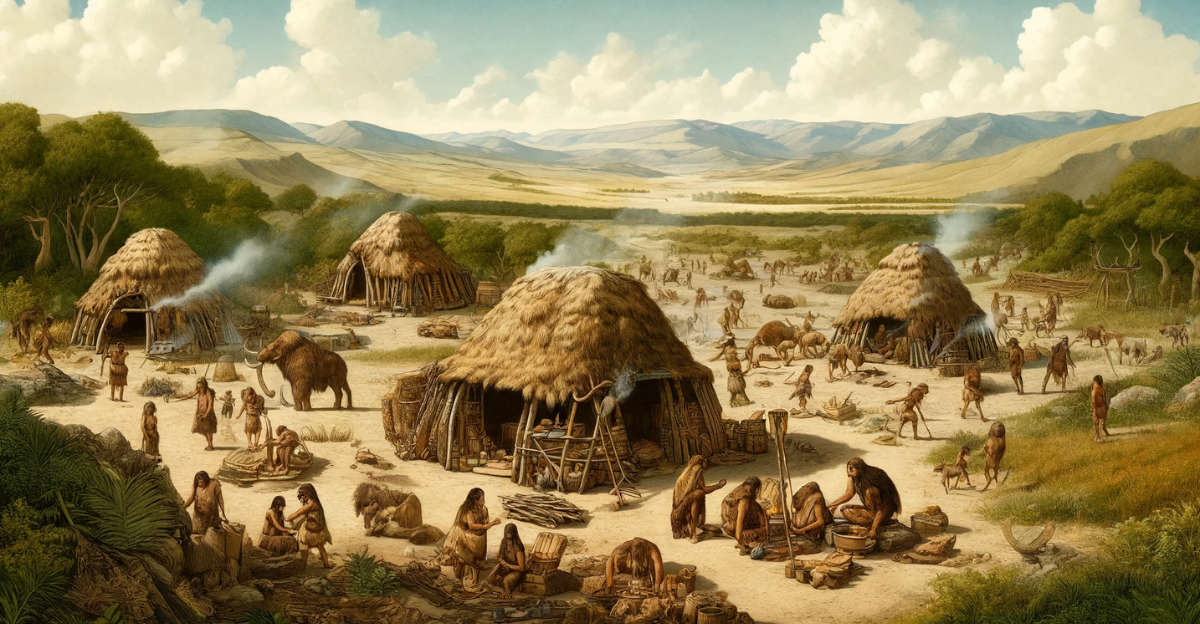
A story of incredible resilience, adaptability, and ingenuity. The early inhabitant, Paleo-Indians, came from dynamic inter collaboration between demographic, geographical, and environmental influences on their survival as well as their migration.
The traditionals stories tell of these courageous people crossing the Beringia land bridge between Alaska and Siberia. They did it during the Last Glacial Maximum, meaning that the sea levels at the time had exposed big stretches of land mass which made intercontinental migration possible. With more documentaries surfacing and effectively challenging this single migration event, this story has become more nuanced.
The Beringia Bridge: Myth and Reality

This bridge is often cited as the gateway for the first Americans, but the reality is different. Between 45 000 and 12 000 BCE, at the time of the Last Glacial Maximum, massive ice sheets, as well as decreased sea levels, created a landmass that connected Alaska and Siberia.
This broad corridor was known as Beringia and was a flourishing ecological landscape which support a variety of ecosystems of flora and fauna. Evidence of megafauna was also discovered and was pursued by these early settlers. The migration across Beringia was more a series of movements and pauses that were largely influenced by how many resources were available at the time.
Coastal Migration
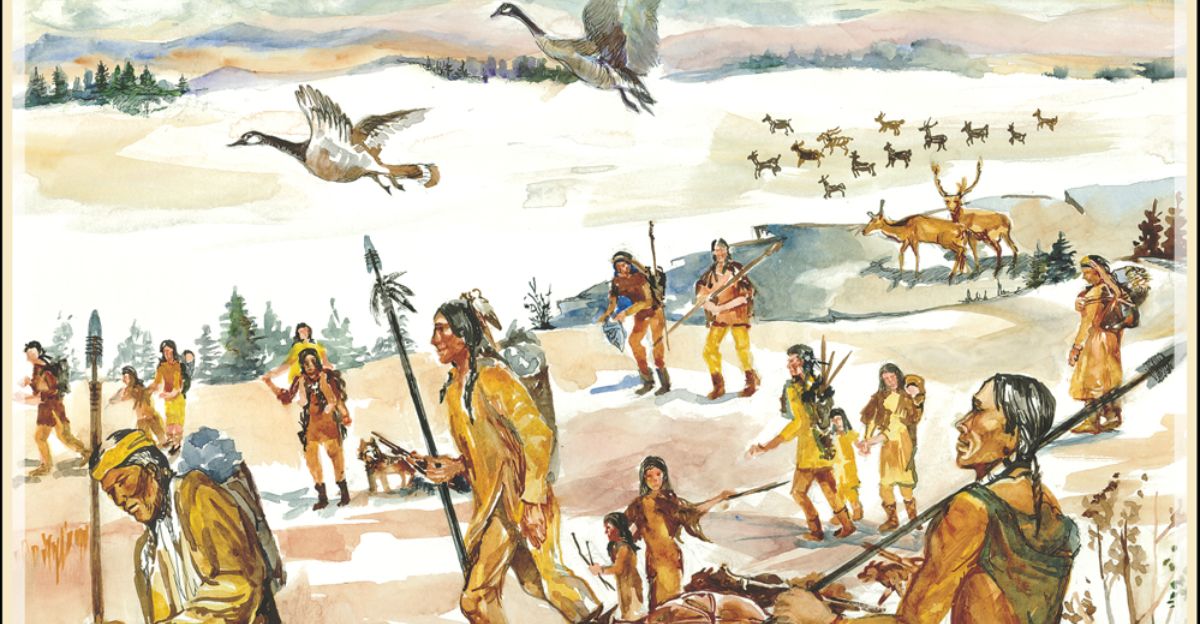
The traditional Beringia migration narrative has been seeing less traction lately with the emerging coastal migration hypothesis being a more plausible theory. It is more plausible because during the Last Glacial Maximum vast ice sheets obscured pathways yet the Pacific coast offered more refuge from the ice and there was also an abundance of marine life as resources.
Archeologists are facing the challenge of more evidence of early coastal settlements are submerging because of rising sea levels. Which makes it even more challenging to confirm this other pathway as a migration theory. On the other hand, critiques state that the coastal hypothesis has its limits too as hunter-gatherer populations that moved alongside the coast may have been too dispersed to maintain a community in large numbers.
The Clovis and Pre-Clovis Evidence
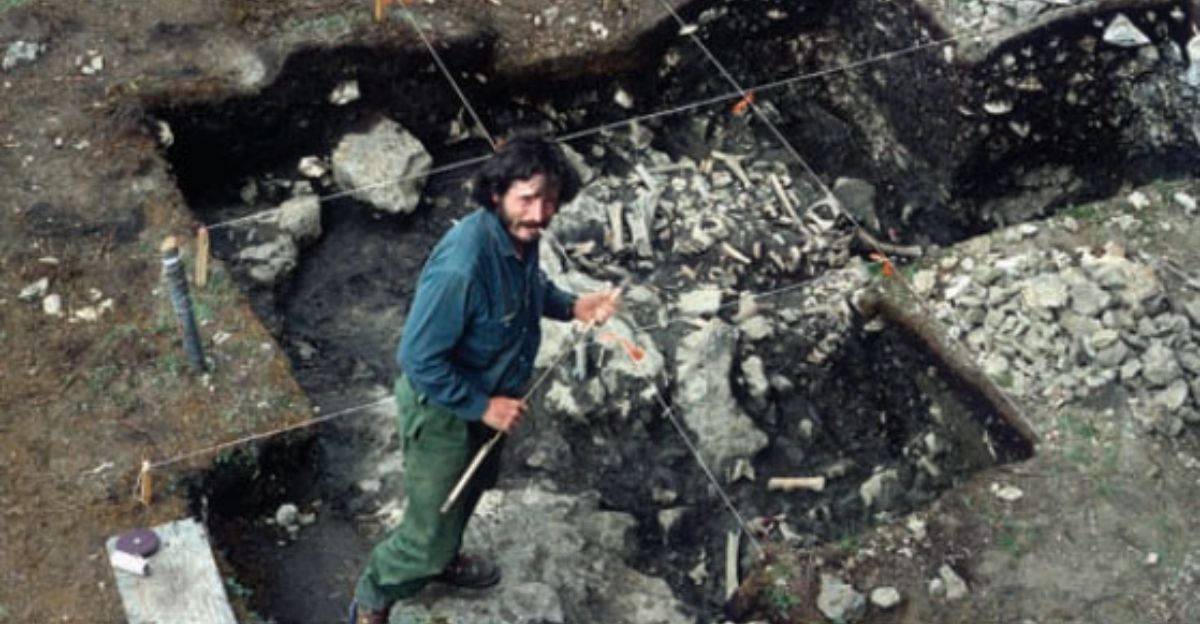
Around 13,000 years ago, it was the earliest presence of humans in America, or at least this is what the ‘Clovis first’ hypothesis was based on in archaeology for much of the 20th century. This traditional narrative was popular and supported by the distribution of Clovis artifacts across North America. However, other evidence from sites like Bluefish Caves in the Yukon and Meadowcroft Rockshelter in Pennsylvania has challenged this model by pushing back the timeline of human settlements and stating that humans arrived in the Americas long before this era.
Discoveries such as that of Monte Verde in Chile, which could date back at least 14,500 years, are evidence of the contrary. This discovery also lacks Clovis artifacts, undermines the ‘Clovis first’ model, and instead supports other independent migration theories.
The Role of Megafauna and Ecological Adaptation
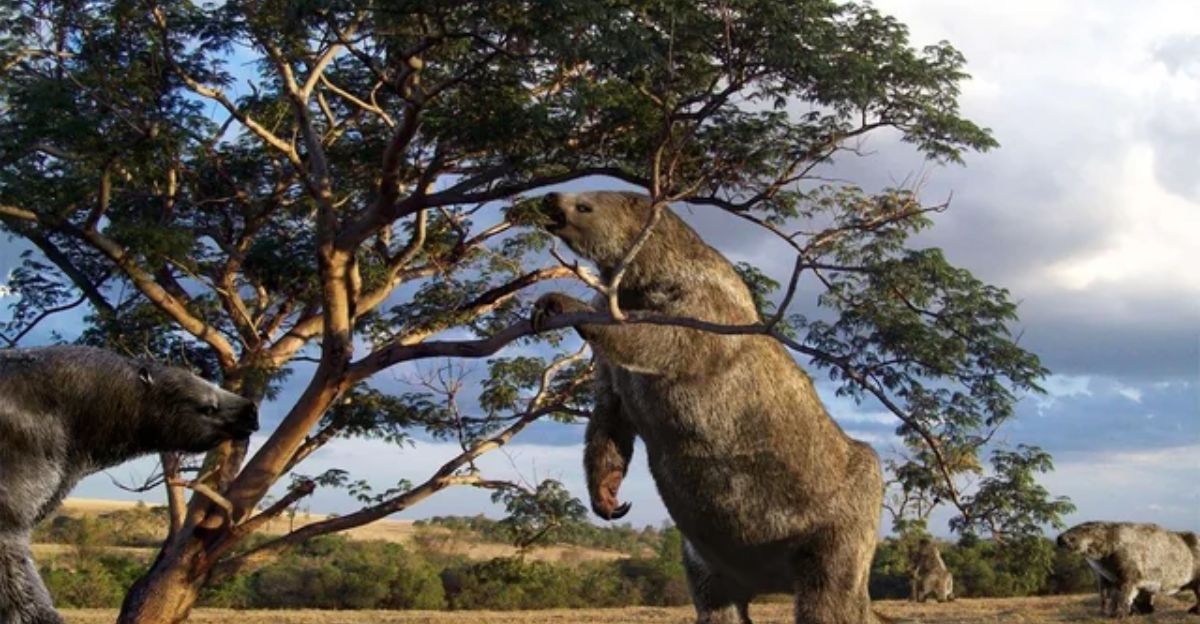
Megafauna, such as mammoths and giant ground sloths, would have been critical food sources for settlers of North America. They would also have been needed to make tools and materials to survive. Of course, we know that most of these mega Forners went extinct around 10,000 years ago due to a combination of human hunting and climate change.
This ecological upheaval inspired innovation in the creation of tools as well as social organization as these early Americans try to adapt to their ever-changing landscape. Using other resources, such as plants and social cohesion, the relationship between megaphone and humans became less strenuous, but is still evident of how environmental change can cause cultural evolution.
Linguistic and Genetic Ties to Asia

A deep ancestral link between indigenous Americans and Siberian East Asian populations provides a narrative that North Americans could have originated from Asia. Two distinct migration roots could have been used in this initial dispersal, one of which was the Pacific Coast pathway, and another could’ve been the ice-free corridor between Cordilleran and Laurentide.
These pathways could’ve Been seen as evidence of multi-origin narratives and made the earlier Americans a pretty diverse, genetic, cultural group. From this standpoint, even though it is more contentious, it also points to possible Asian origins, as some language groups show a distant relationship with Siberian languages. Linguistic record keeping is complicated by the effects of genetic drift, as well as demographic expansion. The interconnectedness of these populations is still up for debate.
Alternative Migration Theories
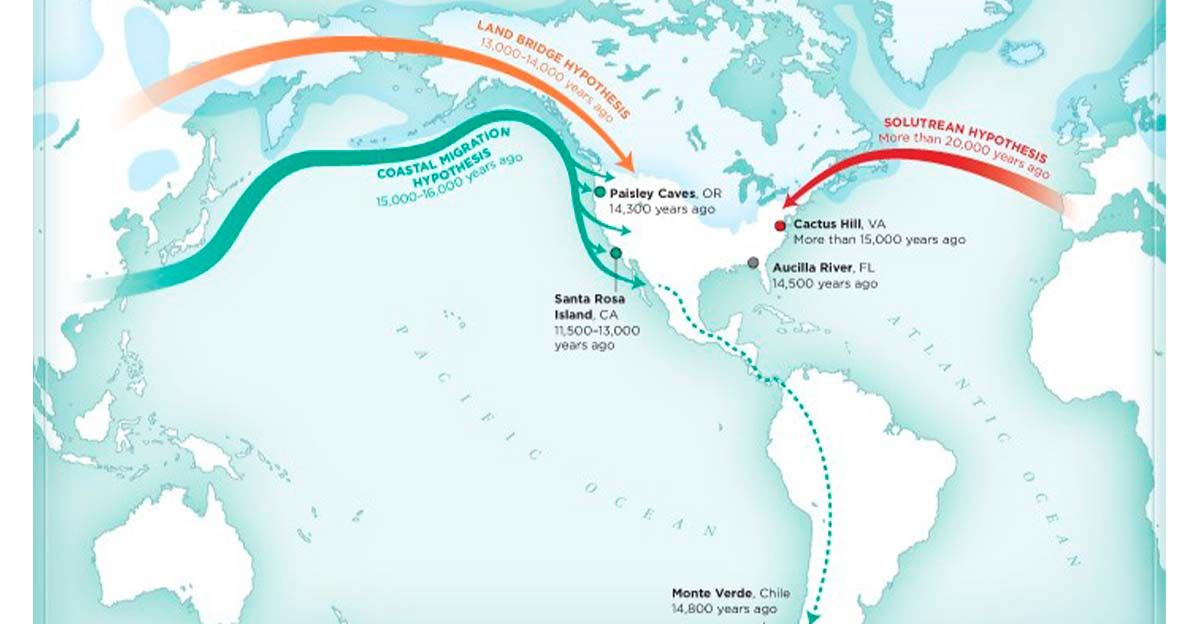
The Asian origin of North America’s early residence is more widely accepted, but alternative migration theories continue to be debated. Other theories, for example, include the Solutrean hypothesis. This hypothesis proposes that Upper Paleolithic Europeans possibly reached North America via bridges of ice that stretched across the Atlantic.
This is a more controversial hypothesis as it lacks, robust, genetic support such as others, but it does highlight an important part of how we construct traditional narratives by reminding us to be more open-minded as we can only make assumptions. The concept of migration back in the day is a multifaceted and complex pattern of events, and our understanding of it is always evolving.
Cultural Evolution and Societal Complexity
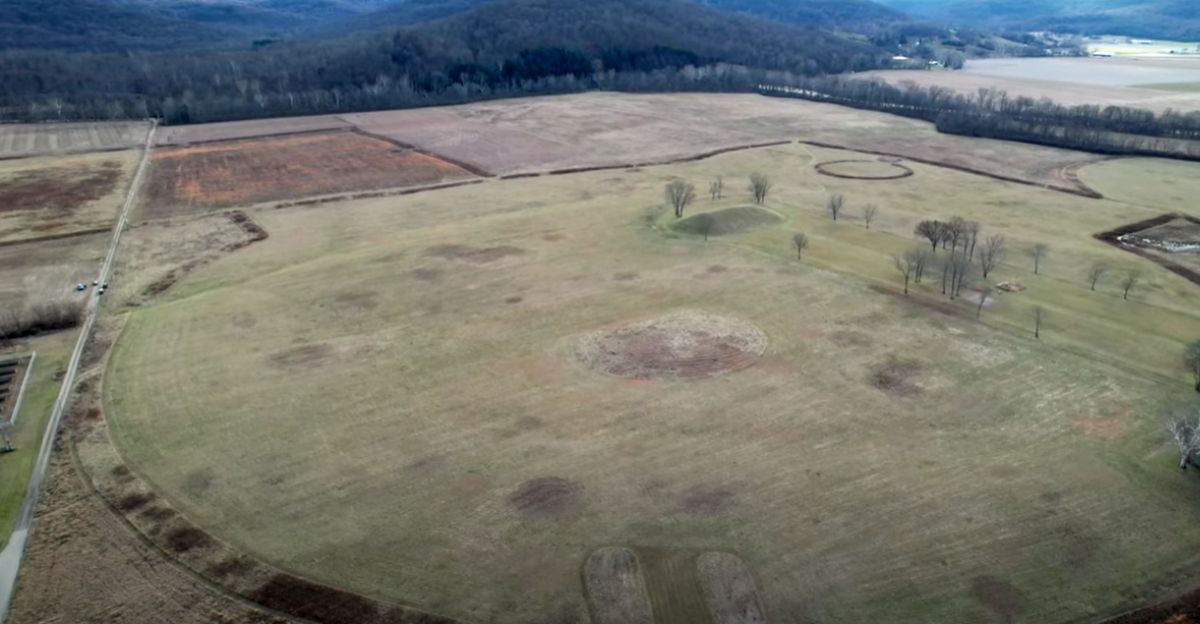
From the descendants of North America’s first population, there has been quite a development of complex societies that have sophisticated structures of economic, political, and religious frameworks. We went from nomadic hunters to well rounded lifestyles, which were primarily facilitated by climate stabilization, innovations in technology, and learning to exploit resources better.
Cultural evolution has grown immensely, as we now have social hierarchies, and because of innovation, we have better adaptations, which just adds to the diversity of the continent’s environments.Archaeological records reveal which tapestries of artistic expression, technological achievements, and ritual practices from monumental earthworks that are discovered in the Ohio Valley. Other such creative innovations include intricate pottery from the Southwest.
Future Research Direction and Modern Implications

Research into prehistoric settlers have significant implications on our understanding of human migration and resilience. It forms a big part of how we can understand our cultural diversity and with advances in DNA analysis, as well as an archaeology, our understanding grows with every new discovery.
Future research may look into genetic markers, evidence of other migrations, and nuances that took place in this prehistoric time. We can take this research as a lesson of North America’s early history, and it has relevance in the modern day. Currently, we are facing climate change as well as migration challenges still, and it is important to remember that as the human race we are resilient and adaptable.
In conclusion, it is clear that prehistoric settlers have shaped North America, and this is a true testament to the resilience and adaptability of humans. Whether you look at the traditional narrative for other contrarian series, the evidence is clear that there was a dynamic yet challenging migration that had to take place because of environmental factors.
Although we will never truly know what happened, the power of human creativity, the needs for migration and adaption all could be seen as a central theme for every theory about the first American settlers. These theories are still being written and explored in research, but a clear living legacy offers us insight, as well as an inspiration to tackle the challenges of the present and the future, head on.

